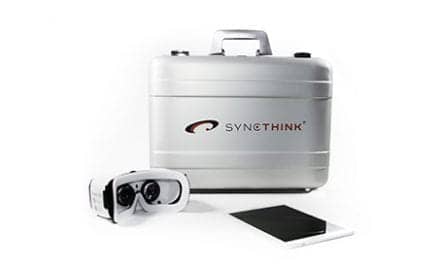Researchers have reportedly pinpointed a potential genetic predictor of disabling or fatal stroke complications. Additionally, the findings may apply to other neurological disorders, according to Sylvain Doré, PhD, lead author, professor of anesthesiology, neurology, psychiatry, pharmaceutics, and neuroscience at University of Florida’s College of Medicine.
The release notes that during the study, Doré and his team investigated patients who had sustained a subarachnoid hemorrhage. Among patients who survive the initial subarachnoid hemorrhagic stroke, two-thirds still face cerebral vasospasm, which typically occurs 3 to 14 days after the initial stroke.
Doré states that it has been suggested previously that one cause of cerebral vasospasm is the compounds within red blood cells, which can be released into the brain during rupture of an aneurysm. He adds that blood is toxic to the brain.
The specific toxic element, the release says, is hemoglobin. As each red blood cell is capable of releasing 250 million molecules of hemoglobin, increased levels of toxicity can occur very quickly, Doré says.
Enter the molecule haptoglobin. It is a protein that binds to hemoglobin and helps nullify its toxic effects. The release notes that similar to each blood type, each individual has one of three haptoglobin phenotypes; Hp1-1, Hp2-1, and Hp2-2. The study indicates that each phenotype varies in effectiveness when detoxifying the brain from hemoglobin, thus it may positively or negatively impact a patient’s outcome.
While conducting the study, University of Florida Health researchers analyzed 74 subarachnoid stroke patients and determined each of their haptoglobin phenotypes, finding that there were no significant differences in terms of age, gender, or race among phenotypes, the release says.
Yet, when using brain imaging, a multidisciplinary research team including Spiros Blackburn, MD, UF Health vascular neurosurgeon, report that patients who have the Hp2-2 phenotype were more likely to have sustained a cerebral vasospasm after a subarachnoid hemorrhagic stroke than the other groups. The researchers add that these patients were more likely to have worse outcomes later on.
In the release, Doré expands upon the study’s findings, explaining “Using standard protocols, we see that there’s a strong trend at 12 months toward a worse outcome when you are Hp2-2 as compared to the other groups.”
Jenna Leclerc, study co-author, an MD, PhD student in the department of anesthesiology and neuroscience, points out that more research needs to be done with a larger group of participants to further elaborate on these results. Leclerc adds that the team is enrolling patients for additional research, hoping to reveal more regarding the specific role haptoglobin plays and how it regulates this hemoglobin pathway and potentially reduces cerebral vasospasm.
The release adds that the team is also interested in improving patient outcomes, either by developing a means to potentially correct or improve the Hp2-2 phenotype or by identifying patients in critical care who have the phenotype.
“The idea is that if we now know there is a subpopulation of patients who have increased risk of complications and mortality, physicians and critical care specialists could potentially monitor those particular patients closer, which would ultimately improve patient outcomes,” Doré explains.
[Source: University of Florida]





